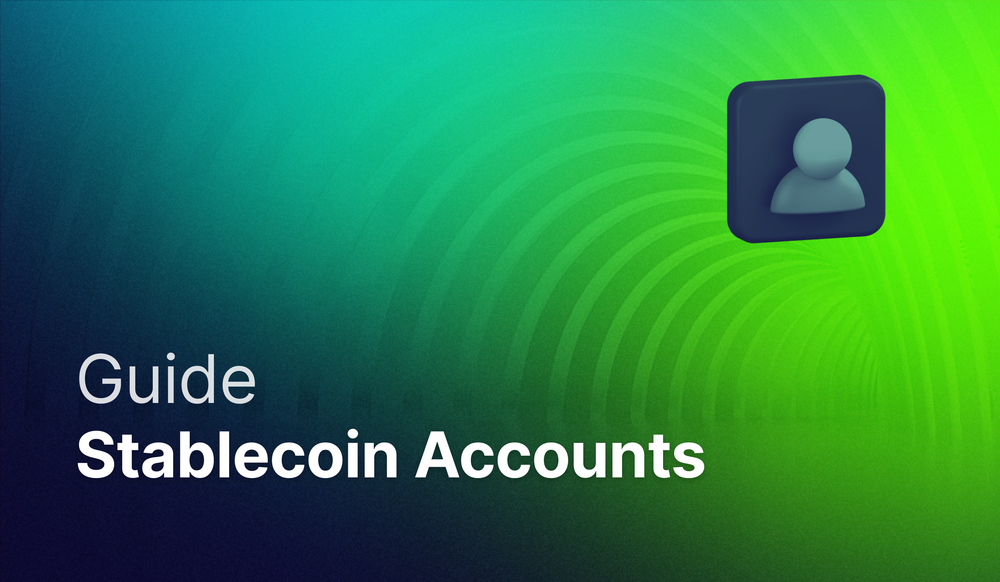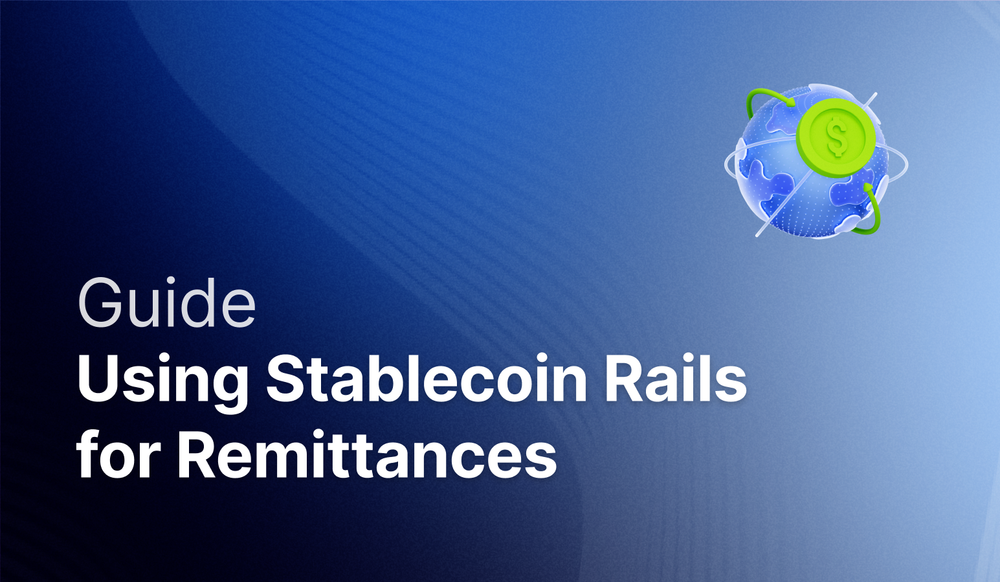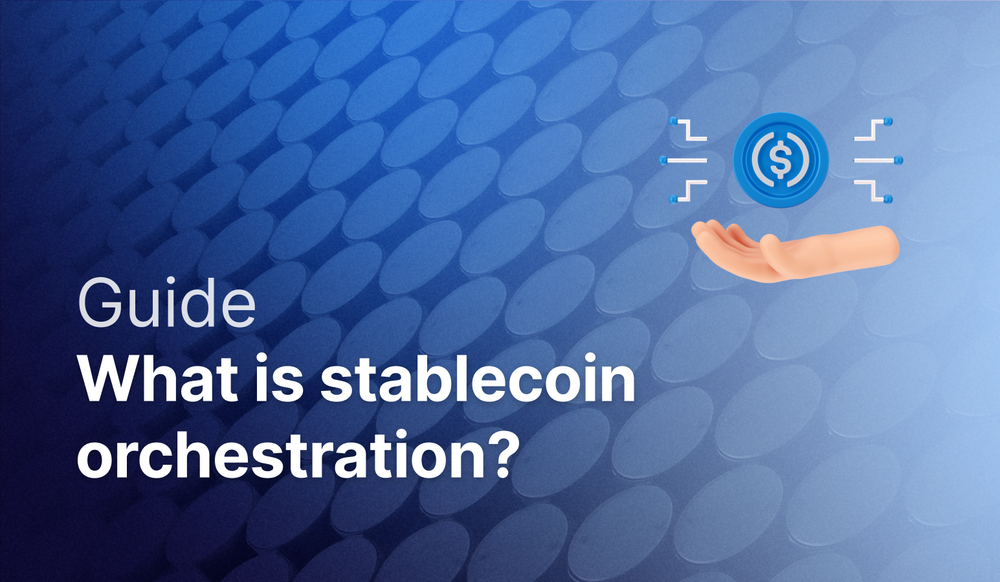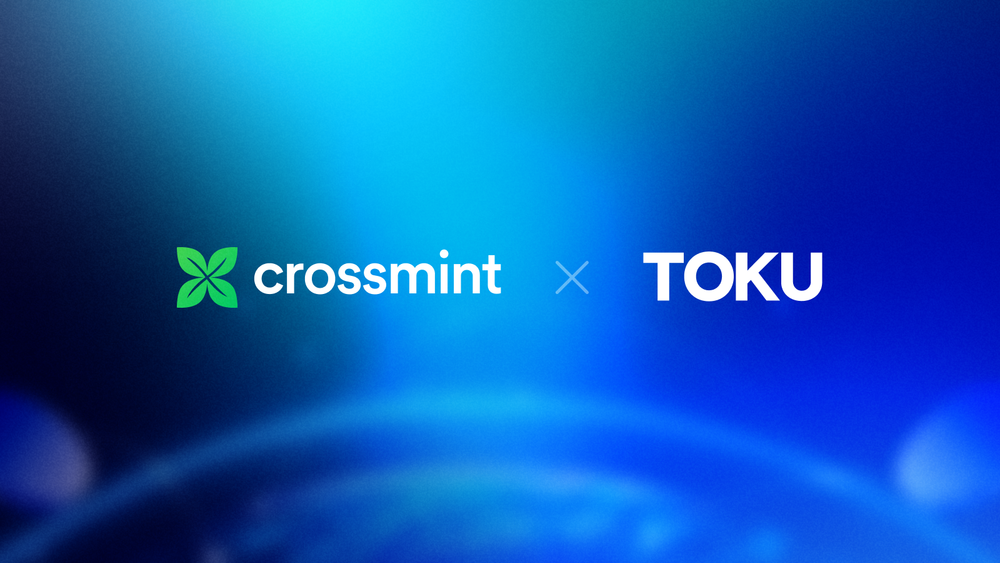Stablecoins aren't just a better way to move money; they can also generate passive income. Companies like neobanks, global payroll platforms, and remittance providers are using stablecoin yield to monetize treasury balances, earn on customer deposits, and capture value from float during payment cycles. There are two primary ways to generate this yield: earning from the interest generated by stablecoin reserves, or staking tokens across DeFi protocols. These mechanisms can work together, allowing companies to maximize returns while keeping funds accessible and secure.
What is stablecoin yield and how does it work?
Stablecoin yield is the passive income generated from holding or deploying stablecoins. Unlike traditional cryptocurrencies that fluctuate in value, stablecoins like USDC and USDT are backed by reserves (typically U.S. Treasury bills or equivalent cash instruments) that generate interest. This interest can be shared with holders, partners, or end users depending on the arrangement.
There are two primary mechanisms for earning stablecoin yield. The first is yield from reserves, where returns come from the interest earned on the underlying assets backing the stablecoin. The second is yield from staking, where tokens are delegated to validators or deposited into DeFi protocols that generate onchain returns. These strategies aren't mutually exclusive. The same stablecoin balance can simultaneously earn passive income from reserves while being staked to generate additional yield, creating a compounding effect for treasuries and user wallets.
How do stablecoin reserves generate yield?
When stablecoin issuers like Circle (USDC) or Tether (USDT) hold reserves in U.S. Treasury bills, those reserves generate interest. Issuers can choose to share a portion of this revenue with partners or holders, creating a yield opportunity without requiring active trading or complex DeFi strategies.
There are several ways companies can access this reserve-based yield:
Direct issuer agreements. Large enterprises can negotiate revenue-sharing agreements directly with stablecoin issuers, though these deals typically require significant volume and offer smaller revenue shares. The benefit is that funds remain in widely-accepted stablecoins like USDC or USDT, which can be directly staked or transferred without conversion.
Yield-bearing stablecoins. Companies can use stablecoins like USDG, which automatically accrue interest to holders or distributors. This approach is easier to get started with and doesn't require minimum volume commitments. The trade-off is that recipients may need to swap to USDC or USDT if they prefer a different stablecoin, though by the end of Q4 or beginning of Q1, this will be achievable automatically via transfer APIs.
Proprietary stablecoins. Some companies issue their own stablecoins backed by their own reserves. This can generate around 10 to 20 basis points more yield compared to non-standard tokens, but comes with higher setup costs, regulatory complexity, and slower time-to-market.
Native yield. Wallet infrastructure is evolving to offer native yield capabilities, where any stablecoin held in a wallet can be automatically converted into a yield-generating token. This gives companies the economics of issuing their own stablecoin without the complexity, delivering similar yield advantages with no setup fees, faster time-to-market, and zero operational overhead. If you’re interested in this, let's chat.
What is stablecoin staking and which protocols offer it?
Stablecoin staking generates yield by delegating tokens to validators or depositing them into DeFi liquidity pools. Unlike reserve-based yield, staking returns come from onchain activity, such as providing liquidity for lending markets or supporting decentralized exchanges.
Protocols like Aave and Morpho are among the most established platforms offering staking opportunities for stablecoins. Aave operates as a decentralized lending protocol where users can deposit stablecoins to earn interest from borrowers. Morpho optimizes lending rates by matching lenders and borrowers more efficiently. Both protocols are compatible with modern wallet infrastructure and can be integrated with minimal development work.
The key consideration with staking is the risk-return profile. While staking can offer higher yields than reserve-based returns, it introduces smart contract risk, liquidity constraints, and protocol-specific vulnerabilities. Companies need to evaluate these trade-offs based on their risk tolerance and treasury management policies. Some wallet infrastructure providers offer simplified abstraction layers that connect to multiple DeFi protocols and strategies via a simple API, eliminating the complexity of managing individual protocol integrations.
Can I earn stablecoin yield from both reserves and staking simultaneously?
Yes, and this is where stablecoin yield becomes particularly powerful for companies managing significant balances. Reserve-based yield and staking yield are complementary mechanisms that can work together on the same asset.
For example, a company could hold USDC in a wallet with a revenue-sharing agreement, earning yield from the reserves backing that USDC. Simultaneously, those same USDC tokens could be staked in a protocol like Aave to earn additional lending yield. This creates dual yield streams from a single balance, maximizing returns on treasury holdings or user deposits.
The practical implementation depends on the wallet infrastructure and yield strategy being used. Some approaches require manual coordination between reserve agreements and staking positions, while other wallet infrastructure providers have automated flows that optimize across both yield types. For companies with large treasuries or significant user balances, the compounding effect of dual yields can represent meaningful revenue, whether that's passed back to users as competitive interest rates or captured as margin improvement.
What's the easiest way to integrate stablecoin yield for my business?
Partnering with a wallet infrastructure provider like Crossmint offers the fastest and most flexible path to integrating stablecoin yield, regardless of company size. Crossmint’s approach eliminates the need to build proprietary stablecoin infrastructure, negotiate individual issuer relationships, or manage complex DeFi protocol integrations. Companies can launch yield features in weeks rather than months, with support for multiple yield strategies (reserve-based and staking) built into the same platform.
Whether you're looking to monetize treasury balances, offer competitive yields to end users, or capture value from payment float, Crossmint provides the infrastructure to access both reserve-based and staking yields without the operational overhead of managing multiple integrations.
Interested in how stablecoins can become your competitive advantage? Reach out to us here.








